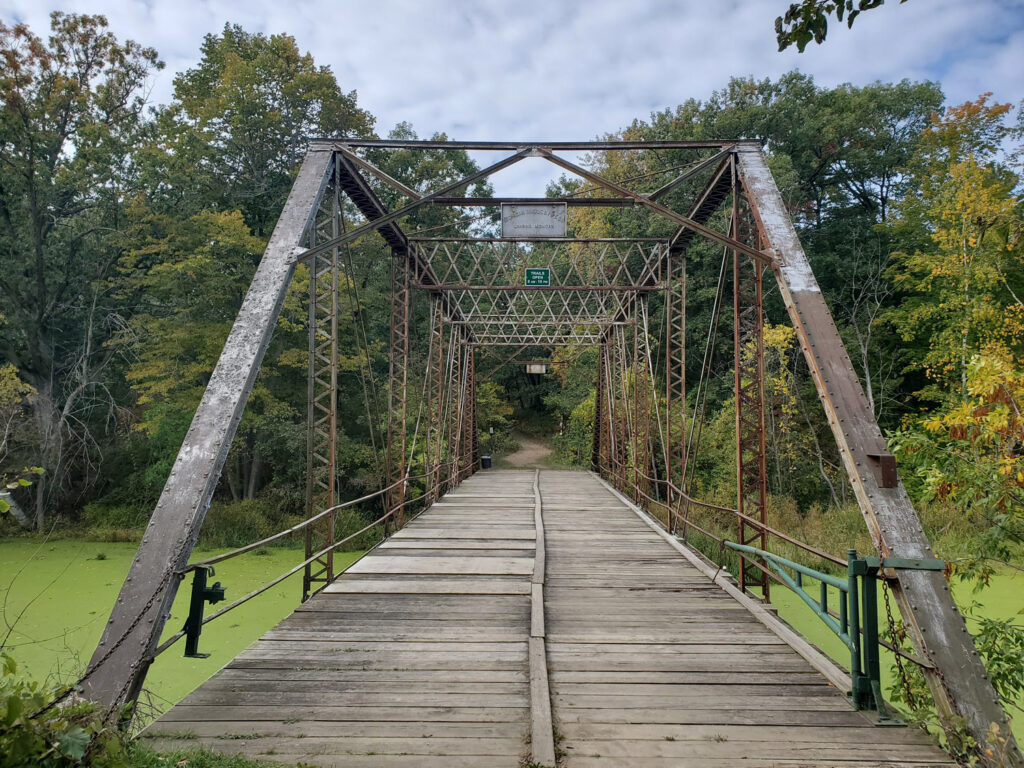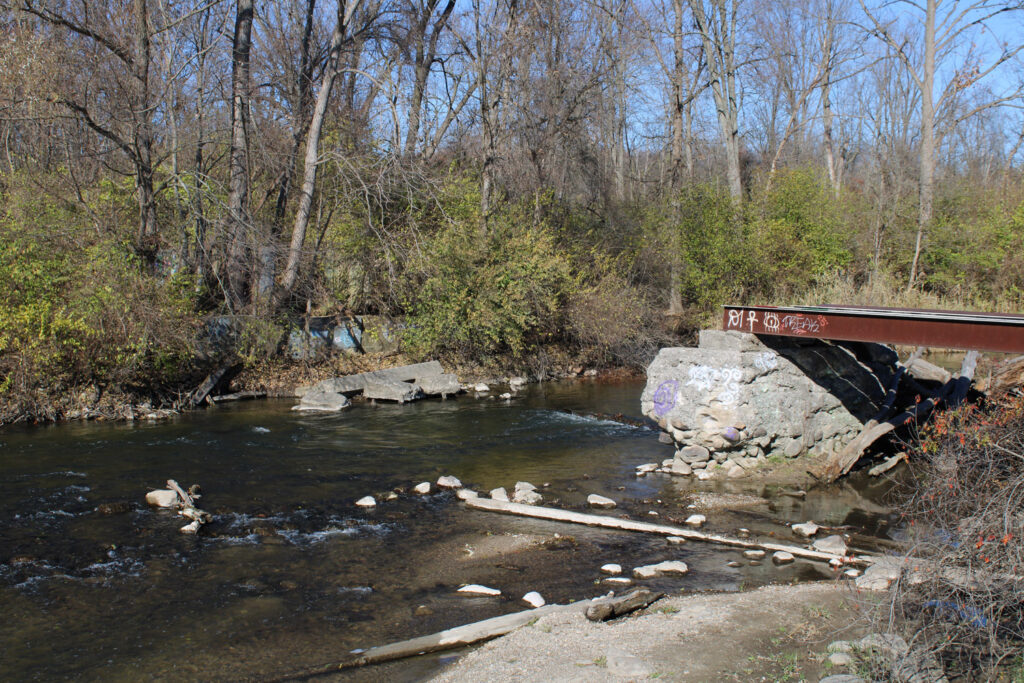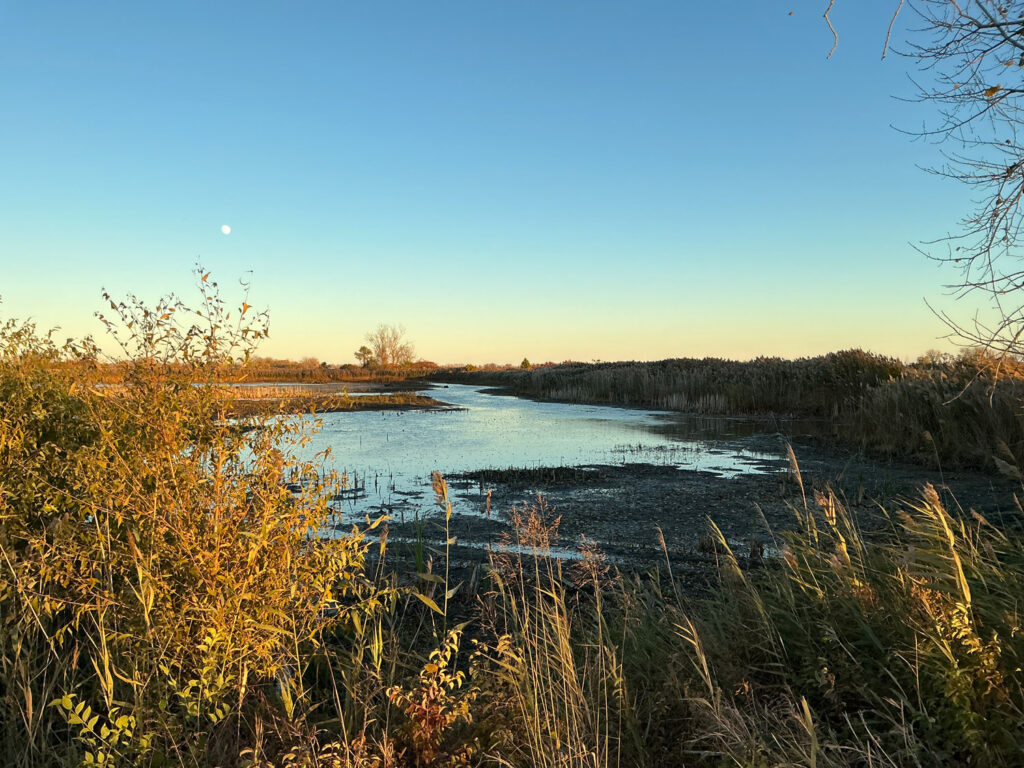Port Crescent — When the snow melts and the sun warms our skin again, remnants of the past re-emerge.
Native Americans were the first to dig their toes into the sand dunes at the mouth of the Pinnebog River leading into Saginaw Bay. The bay’s crescent shape acted as a natural harbor, a classic meeting place for local tribes.
The recorded history of the area begins with a man named Walter Hume, a “Daniel Boone” of the area who married a woman from nearby Sebewaing and went to live among the natives in 1844. Walter was a great friend to the natives and was said to have spent “many a day” with them. Walter eventually garnered 1,000 acres of land and established a hotel and trading post at the mouth of the river, providing the basis for a new town.
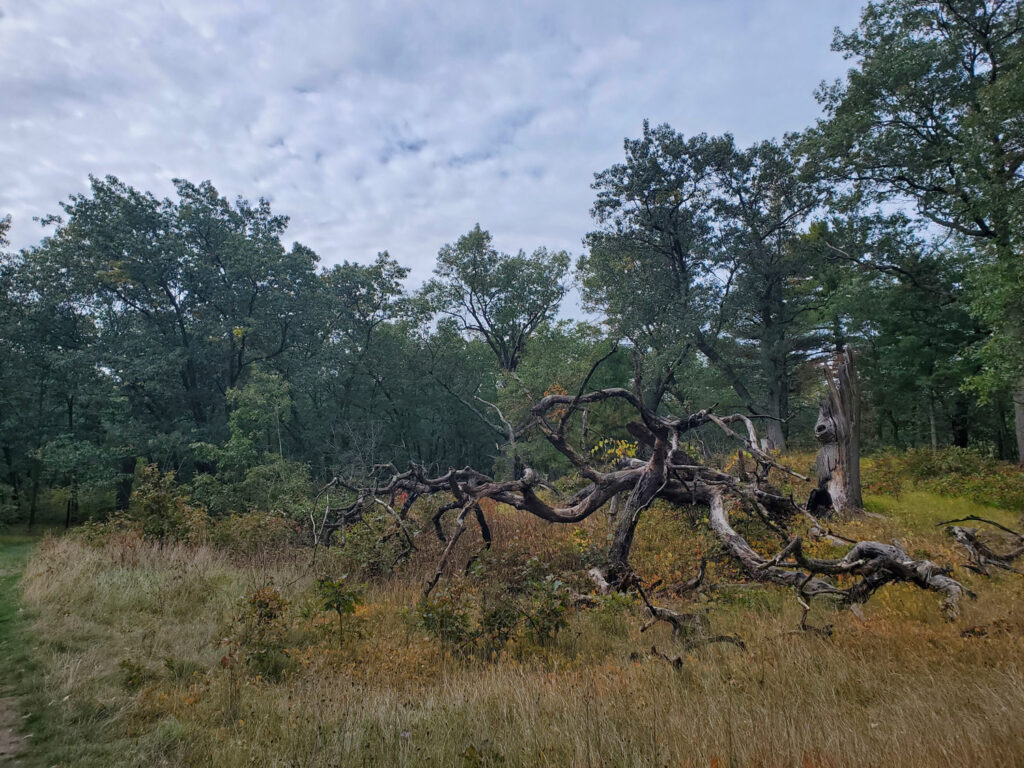
Soon after, a sawmill started operating at the river’s mouth. The bustling town was originally named Pinnepog, after the river that allowed the settlement to thrive, yet a village upstream opened a post office under the name of Pinnebog. This obviously caused lots of unnecessary confusion. After some bickering, the town changed the name to Port Crescent in 1864.
Port Crescent benefitted from the lumber boom that built much of Northern Michigan and allowed us to conquer the untamed wilderness. The town quickly grew to over 500 people and spanned 17 blocks. Businesses included a grist mill, a brewery, two sawmills, two blacksmiths, two hotels, a shoe and boot factory, among others.
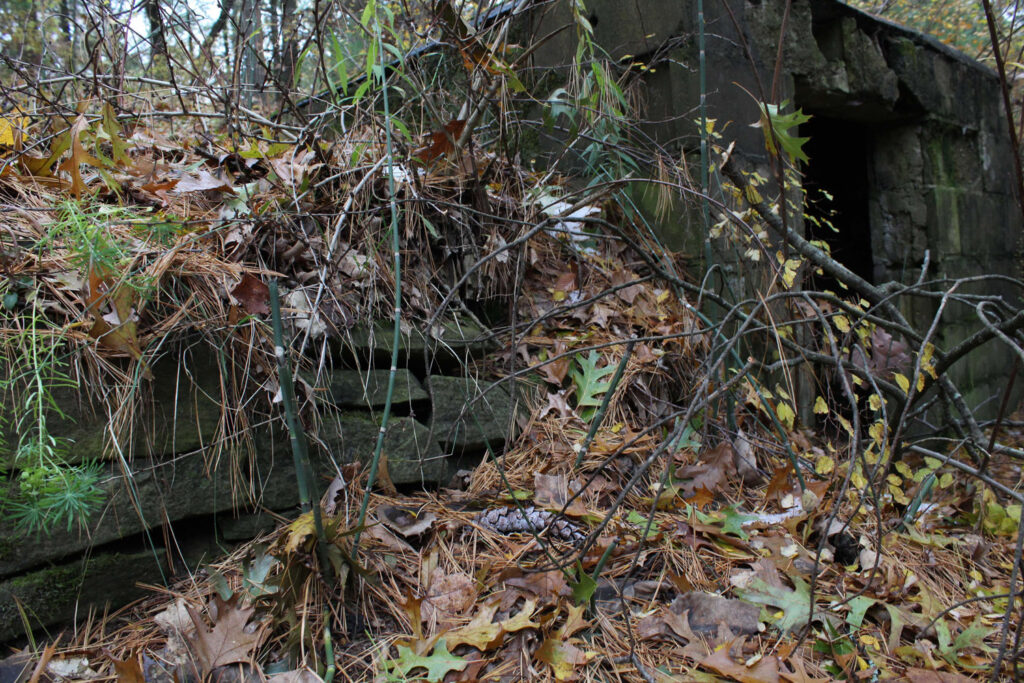
After an unusually hot and dry summer and years of repeated poor logging practices, on September 5, 1881, over a million acres of the Thumb incinerated in one day. It’s not known what started the Thumb fire of 1881, but farmers often would burn land to clear fields, and this combined with hurricane force winds made the fire grow quickly. The American Red Cross, which had just organized and was responding to its first disaster, provided clothing and furniture to over 14,000 survivors.
Soon after the fire, the lumber industry was decimated, and only open and cleared land remained. Residents began to dissipate. By 1894, buildings had been moved to neighboring towns, businesses had closed, and not much remained to Port Crescent.
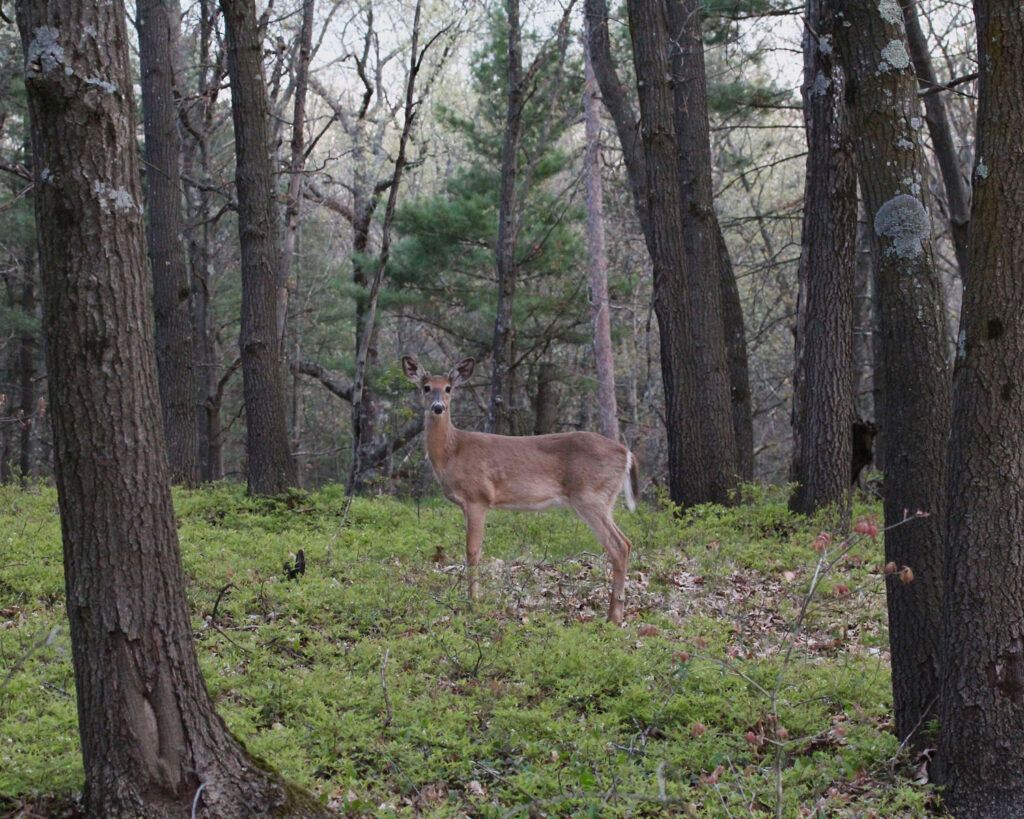
But Elizabeth “Lizzie” Haskell saw the value of the unique white sand that comprised much of the Lake Huron shoreline. Utilizing the land and docks that her father owned, she started a business quarrying the sand for glass companies down in Detroit and to smelters located in the Upper Peninsula who needed the sand for processing copper and iron ore that was being mined.
Although the sand industry kept Port Crescent on the map, it slowly faded as all of the valuable sand was removed by the 1930s. Operations were abandoned. The once-thriving town truly had nothing left to offer.
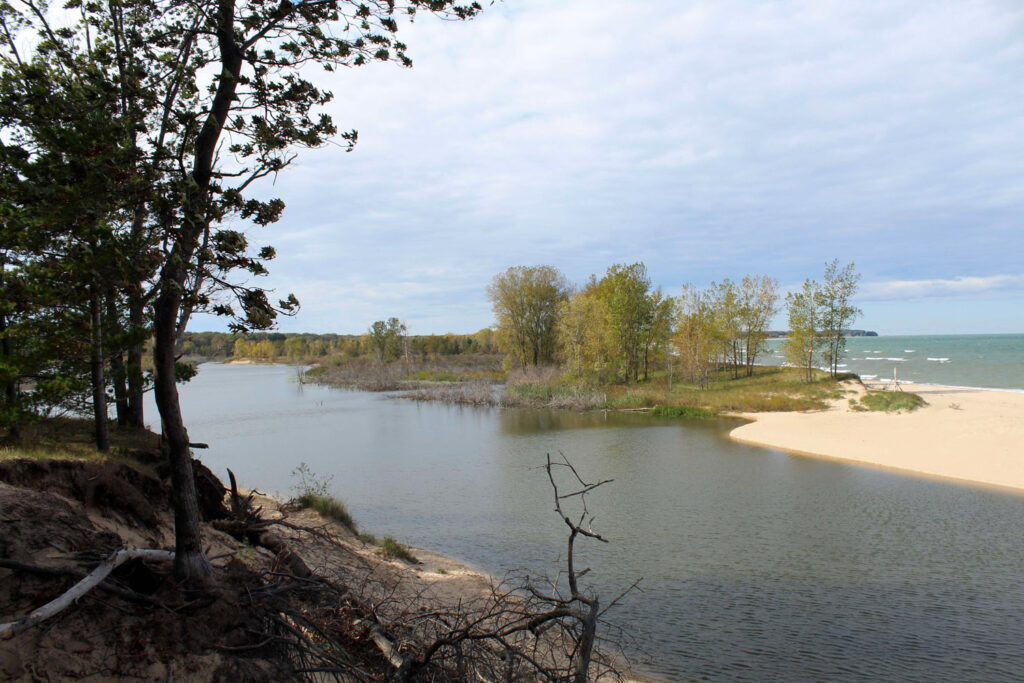
But after World War II began, the tradition of the American road trip began, and with that, so did the dream of touring Michigan’s shoreline.
In 1956, Michigan DNR purchased 124 acres and established Port Crescent State Park, later expanding its reach by an additional 455 acres. Much of what remains of the old town still persists, and to a very keen eye, can be spotted among the dunes and brush that have reclaimed the land.
One sawmill chimney once stood 120 feet tall and used to overlook this forgotten place, until it was razed in 1961, leaving only the base as a reminder.
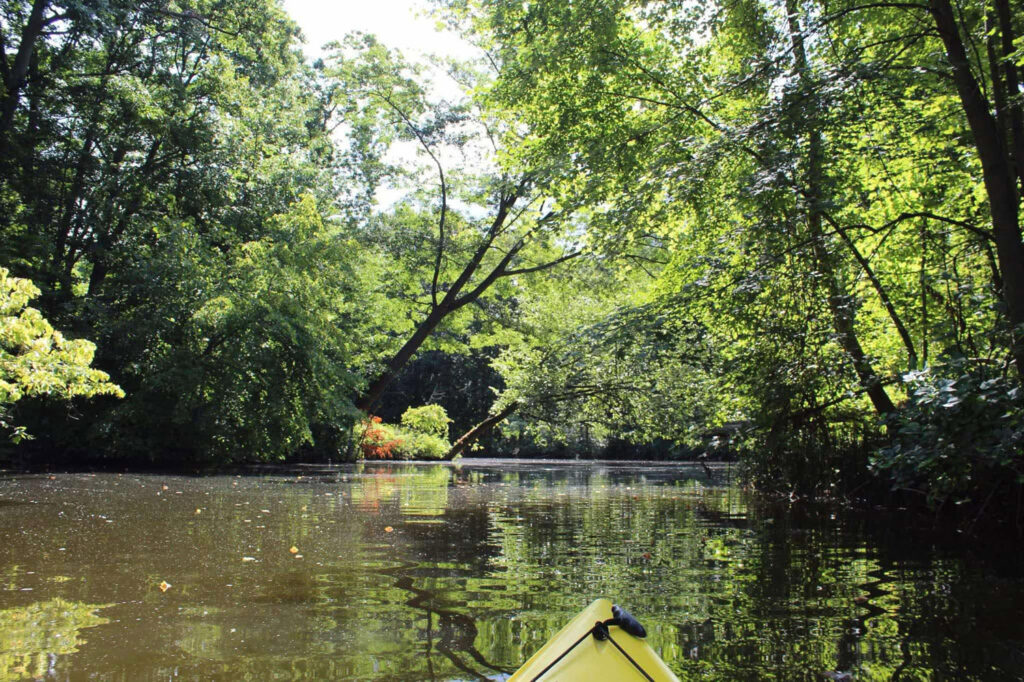
Most of the town is inland. The Port Crescent cemetery still is well-maintained. Gravesites are prominent throughout, with and without headstones, some just a shallow divot in the ground.
Near the shore sits the original steel truss bridge that once led into town. This path takes you into one of my favorite portions of the park: a breathtaking sight of the Pinnebog River slowly leaching into our great lake.
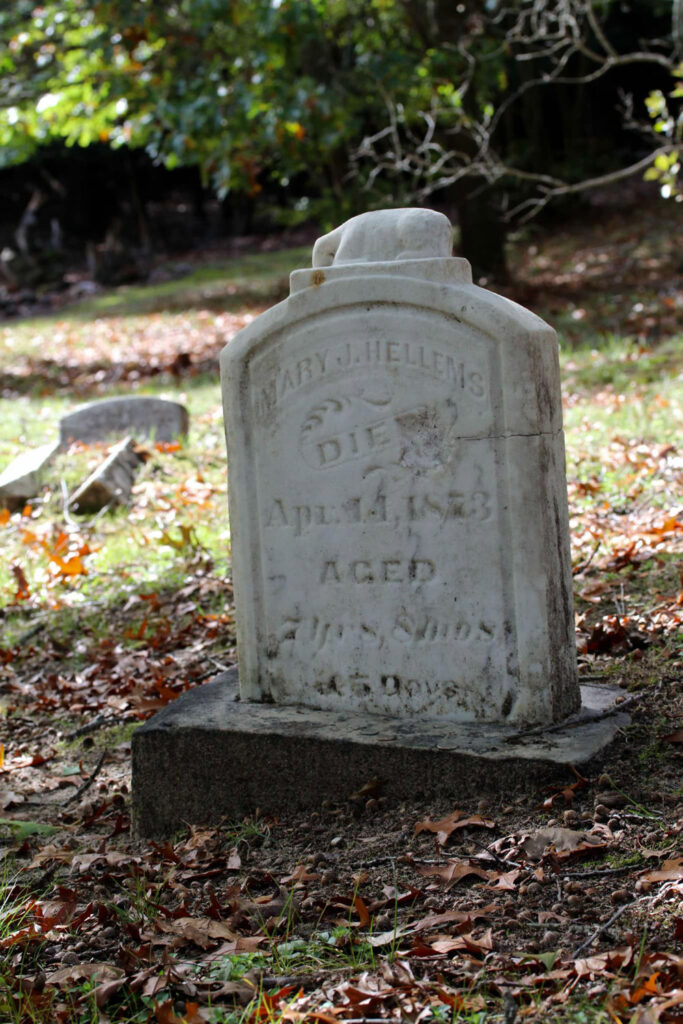
You can see beavers popping through the cracks in the ice to clean themselves as well as the remnants of eggs along the riverbed after the turtles hatch for the season. Migrating birds stop at Port Crescent as a resting ground before heading across the bay to Tawas Point.
Port Crescent is also known for being a dark sky park where you can see the true night sky the way our ancestors had, without any light pollution, as a clear view is hard to find. In the darkness, you can imagine the glow in the sky on the night of the fire, when not a star could be seen.
Jeremy Ritts is a contributing writer for Michigan Enjoyer from Port Austin.
